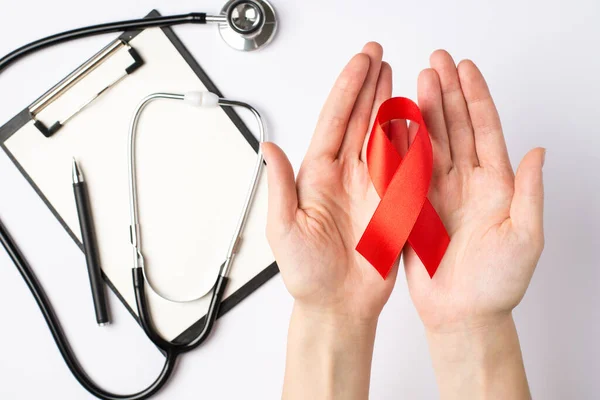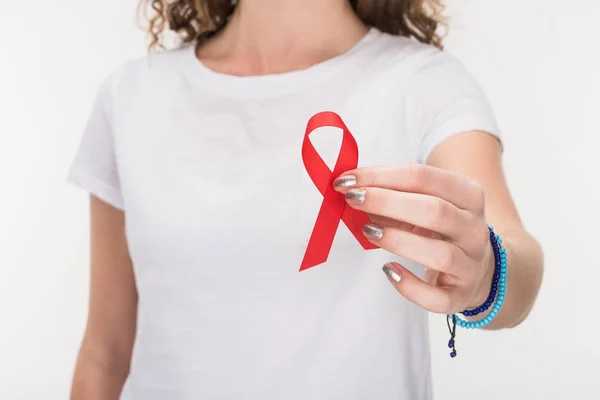Transforming HIV Management: The Latest Breakthroughs (2025)
Since its emergence in the 1980s, HIV (Human Immunodeficiency Virus) has posed a persistent global health challenge. While a complete cure remains undiscovered, groundbreaking medical advancements continue to improve HIV treatment and prevention. With innovative therapies and enhanced preventive strategies, individuals can manage the virus more effectively and maintain a high quality of life. This article explores the latest developments in HIV treatment and prevention.
Since its emergence in the 1980s, HIV (Human Immunodeficiency Virus) has posed a persistent global health challenge. While a complete cure remains undiscovered, groundbreaking medical advancements continue to improve HIV treatment and prevention. With innovative therapies and enhanced preventive strategies, individuals can manage the virus more effectively and maintain a high quality of life. This article explores the latest developments in HIV treatment and prevention.

Antiretroviral Therapy (ART): The Foundation of HIV Treatment
Antiretroviral Therapy (ART) remains the cornerstone of HIV treatment. This method utilizes a combination of drugs to suppress viral replication, significantly reducing the viral load and bolstering the immune system. While ART does not eradicate the virus, it plays a crucial role in preventing AIDS-related complications and ensuring long-term health for those living with HIV. ART has transformed HIV from a fatal diagnosis into a manageable chronic condition.
Advancements in HIV Medication
Recent years have brought remarkable innovations in HIV treatment, improving both efficiency and convenience. Biktarvy, a once-daily combination pill, offers strong viral suppression with minimal side effects, making it a preferred option for many patients. Another major advancement is Lenacapavir, a long-acting injectable designed for individuals with multidrug-resistant HIV. These new treatments enhance flexibility and medication adherence, ultimately leading to better patient outcomes.
Long-Acting HIV Therapies for Improved Adherence
For some individuals, maintaining a daily medication regimen can be challenging. To address this, long-acting injectable treatments like Cabenuva have been developed. Administered once a month or every two months, Cabenuva removes the burden of daily pill intake, ensuring better adherence to treatment and providing greater convenience for patients. This innovation not only improves the consistency of treatment but also enhances the overall quality of life for individuals living with HIV.
Pre-Exposure Prophylaxis (PrEP): A Game-Changer in HIV Prevention
Beyond treatment advancements, HIV prevention has also seen significant progress. Pre-Exposure Prophylaxis (PrEP) is a highly effective preventive medication that dramatically lowers the risk of HIV transmission when taken consistently. PrEP is particularly beneficial for individuals at higher risk of infection, such as those with HIV-positive partners or individuals engaging in high-risk behaviors. By incorporating PrEP into prevention strategies, new HIV cases can be significantly reduced worldwide, marking a major milestone in the effort to curb the spread of the virus.
Breaking the Stigma and Spreading Awareness
Despite medical progress, social stigma continues to hinder effective HIV management. Fear of discrimination often prevents individuals from seeking proper care and treatment. Public awareness campaigns and education efforts play a crucial role in fostering acceptance and ensuring equitable healthcare access for those living with HIV. Reducing stigma is not just about improving health outcomes; it's also about restoring dignity and ensuring that individuals with HIV receive the care and support they need.
Conclusion
Ongoing advancements in HIV treatment and prevention are revolutionizing the fight against the virus. Although a definitive cure is not yet available, innovative medications, long-acting therapies, and preventive measures like PrEP are transforming the lives of people with HIV. With continued research, education, and global awareness, the world is steadily moving toward minimizing HIV's impact and ultimately eliminating it as a major health threat. Through science, solidarity, and support, a future without HIV is within reach.








